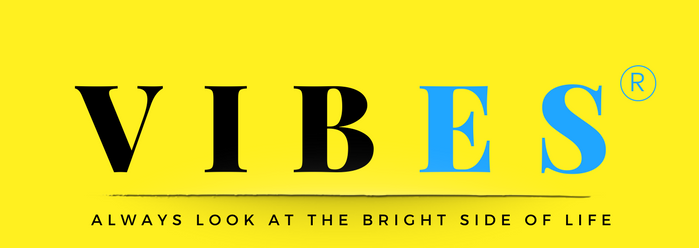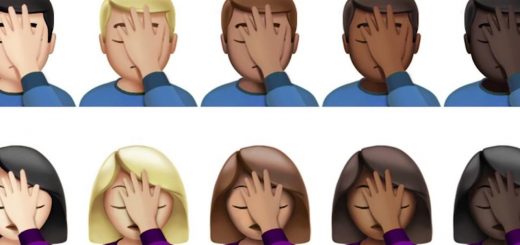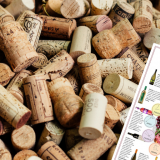October Vibes
Görgess le, ha magyarul szeretnéd elolvasni ezt a cikket. Scroll down for Hungarian.
Just the other day I was busy editing a post when I was stabbed by the agonising discovery of the fact that it has become nearly absurd to even think without „#” (HASHTAG) or even more: it is practically impossible. The sign kept hiding in the shadows of ZERO (“0”), keeping a low profile and nobody, and I mean nobody would have dreamed that one fine day it would obtain such enormous power; let’s be honest and confess that most of us never even had an idea about what it was supposed to stand for.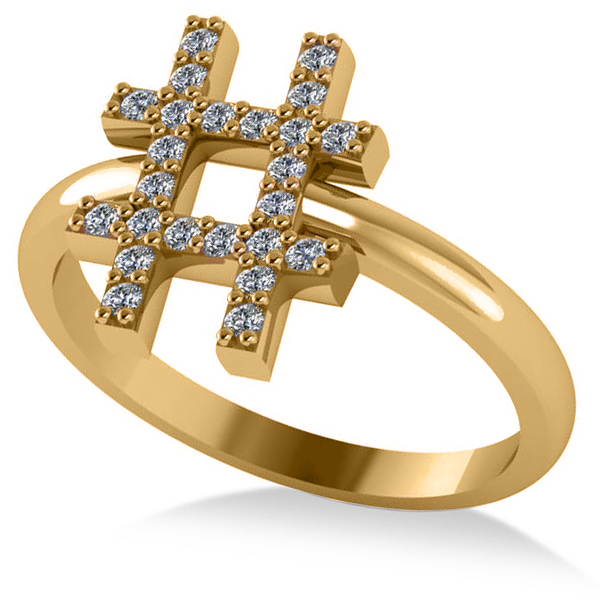 We hardly recovered from the @ fever when # quietly and cunningly crept into our world and became part of our everyday lives, squeezing out spaces, that is the gaps between written characters that used to give life to our sentences. It just came and deprived our phrases of punctuation marks, the messengers of emotions that used to be indispensable in days gone. Through devious ways and means it has thrown our question marks and exclamation marks into captivity and became the dictator of the World Wide Web, leaving destruction and thousands of desperate grammar teachers in its wake. It is no longer referred to by its former name: POUND SIGN; nowadays everyone is calling it HASHTAG which is supposed to be a much more sophisticated name.
We hardly recovered from the @ fever when # quietly and cunningly crept into our world and became part of our everyday lives, squeezing out spaces, that is the gaps between written characters that used to give life to our sentences. It just came and deprived our phrases of punctuation marks, the messengers of emotions that used to be indispensable in days gone. Through devious ways and means it has thrown our question marks and exclamation marks into captivity and became the dictator of the World Wide Web, leaving destruction and thousands of desperate grammar teachers in its wake. It is no longer referred to by its former name: POUND SIGN; nowadays everyone is calling it HASHTAG which is supposed to be a much more sophisticated name.
It seems that there is really nothing we can do about it: the character that used to be the most insignificant sign on the keyboard has suddenly become the sole ruler in the world of social media.
My ravaged soul refused to find peace with the passing of time, and the river of questions that flowed from within my mind turned into a flood. Who gave the cloak to dress the little guy on the keyboard? Who gave food to this uninvited guest? #Whydoweneedtowriteeverythinglikethis.
After a quick search on the Word Wide Web I learned that the earliest occurrence of # (or HASHTAG – in English: “Number Sign” or “Pound Sign on the Phone Keypad) surfaced for the first time in the 15th century. In those days it was called „hatch” in English which probably derived from the French word hacher or hache, meaning interwoven strips of metal. (Source)
A hash also referred to stripes on military jackets as early as 1910. From the 1960’s the word “hash” in British English referred specifically to the # on phone keypads and computer keyboards and was also used to precede a numeral.
The phrase number sign arose in Britain because “pound sign” could easily be confused with the British currency of those times. It’s called the pound sign because the symbol comes from the abbreviation for weight, lb, or “libra pondo” literally “pound by weight” in Latin. When writing lb, it wasn’t uncommon for scribes to cross the letters across the top with a line across the top, like a t. (Source)
In the late 1960s someone at Bell Labs – currently owned by Nokia – decided to name the symbol “octothorpe”. “Octo” refers to the symbol’s eight points, though nobody is quite sure of why the word is concluded with “thorpe”. Some think it has something to do with the athlete Jim Thorpe.
Great. After all the stories I just told you, there is just one question remaining: who picked # out of the shadows of obscurity, making this sign practically immortal? The gentleman who first proposed that Twitter adopt the hashtag — or “pound” symbol, as it was called at the time is

Chris Messina, inventor of the Twitter hashtag.Chris Messina / LinkedIn
Chris Messina, a former Google designer. Messina first proposed that Twitter users use a hashtag to create “groups” back in 2007 in his famous, first-ever tweet using a hashtag; his idea did not bring instant success but today in 2017 no social media platform would work without hashtags. Even Twitter wasn’t too enthusiastic about his idea. And Chris never asked for any money in return. Not a single penny. #thankyouchrismessina #wewantbacktheexclamationmarks #nomorequestionmark
After this little etymologic detour let me wish you all happy fall full of good vibes, long autumn walks, mulled wine and roasted chestnut scented sweet October evenings.
This month as well we are going to bring you some amazing recipes directly from the kitchen of Peter. You can read about the best movies in Enikő’s movie guide, The reading challenge of Anna is still on, join us to discover her October’s pick. Don’t forget to check our beauty bag section, this time we were poking around in the beauty bag of a gorgeous Swedish girl: Sara.
Stay tuned.
Maja Tiborszky
Editor in Chief
A minap egy poszt szerkesztése közben az a kínzó felismerés nyilallt belém, hogy szinte már képtelenség „#” (KETTŐSKERESZT) nélkül gondolkodni, sőt: szinte lehetetlen. Hosszú éveken át észrevétlenül húzódott meg a „0” (nulla) szoknyájának a tövében és senki, de senki nem gondolta volna, hogy valaha valaki ekkora hatalommal fogja felruházni, sőt valljuk be: fogalmunk sem volt mire szolgál.
Alig ocsúdtunk fel a @ -lázból, amikor a # csendesen és alattomosan bekúszott a mindennapjainkba és kérdezés nélkül, orvul kitúrta a mondatainkba életet lehelő szóközöket. Frázisainkat suttyomban megfosztotta érzelmeink hírvivőitől: az egykor elengedhetetlen írásjelektől. Fondorlatos módon csapdába csalva kérdő- és felkiáltójeleinket vált a világháló diktátorává, mindenütt pusztítást és reményvesztett nyelvtan tanárok tömkelegeit hagyva maga után. Az általunk ismert „KETTŐSKERESZT” névre már nem hallgat, a hangzatos “HESTEG” megszólítás mögé bújva próbál szofisztikáltabbnak tűnni. 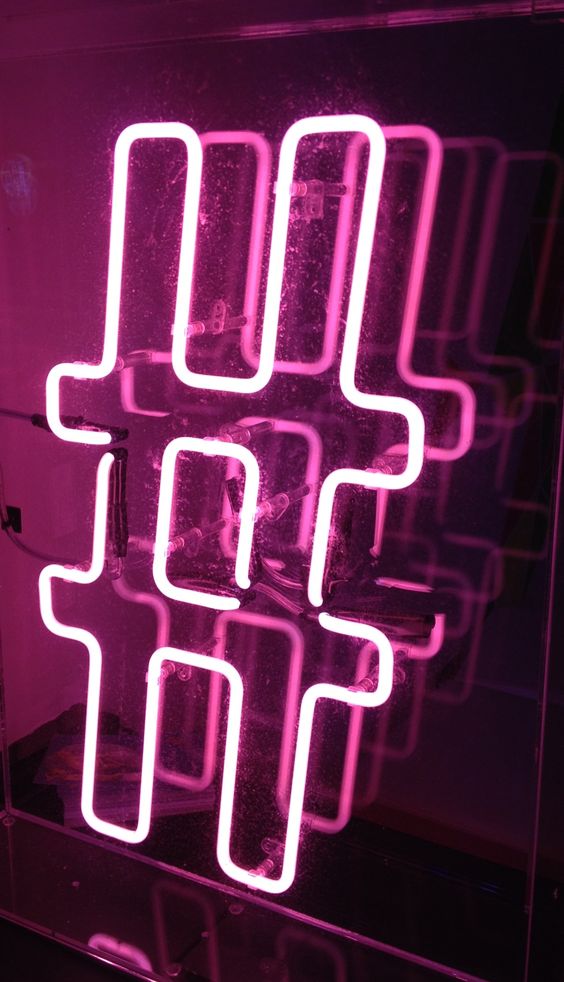
Nincs mit tenni: a nemrég még a billentyűzet legjelentéktelenebb karaktere egy csapásra a social media egyeduralkodójává vált.
Feldúlt lelkem nem nyugodott az idő múlásával, a kérdések egyre csak tódultak bennem. De mégis ki az, aki köpönyeget adott a klaviatúra csinovnyikjára? Ki az, aki enni adott ennek a hívatlan vendégnek? #mégismiértkellmindentígyírni.
Rövid kutatás után megtudtam, hogy a # (HESTEG – angolul: “Number Sign” vagy “Pound Sign”) legkorábbi elnevezése a 15. századra tehető. Akkortájt „hatch” –nek hívták az angol nyelvben, ami a hacher vagy hache francia szóból eredeztethető, és „összefonódó fémcsíkokat” jelentett. Az 1910-es évek Angliájában a katonai dzsekiken található csíkokat nevezték „hash” –nek. Ami a 60-as évek után kizárólag a telefonkészülékek, illetve számítógépek billentyűzetén található #-re vonatkozott. (Forrás)
Az angol nyelvben „Pound sign” –nak is hívják, ami a súly mértékegységét jelölő latin lb (libra pondo) rövidítésből ered, amit később „number sign”-nak hívtak, mivel a „Pound sign” könnyen összetéveszthető volt a brit pénznemmel. (Source)
A 60-as évek végén – a jelenleg a Nokia tulajdonában lévő – Bell Labs társaság egyik alkalmazottja “octothorpe”-nak nevezte el. A kifejezés első része „octo” a szimbólum 8 végére utalt, a „thorpe” szó pedig egyesek feltételezések szerint a legendás amerikai olimpikonjának, Jim Thorpe-nak állított emléket.
Most már csak egyetlen kérdés maradt: mégis ki is az, aki a szürkeségből kiemelte és halhatatlanná tette a # -et ? Az úriembert, aki korábban a Google alkalmazottja volt Chris Messinának hívják. 10 évvel ezelőtti tweetje, amiben # (HESTEG) használatát javasolja csoportok létrehozására ugyan nem hozott azonnal osztatlan sikert, ma már egyetlen social media sem működne a #-ek nélkül. És Chris ezért mégcsak egy fillért sem kért.
#köszönjükchrismessina #holvannakafelkiáltójelek #nincstöbbkérdőjel
Ez a rövid kis etimológiai kitérő után kívánok Nektek sült gesztenye és forralt bor illatú csodás októbert.
Ebben a hónapban is elhozzuk Nektek Péter legfinomabb receptjeit, míg a legújabb filmekről Enikő moziajánlójában olvashattok. Anna kihívása még mindig tart, tartsatok velünk, ha Ti is kíváncsiak vagytok, hogy melyik könyvre esett a választása ebben a hónapban. Ééééés ezúttal sem maradhat el sokak kedvence: a beauty bag rovat, októberben egy csodálatos svéd lány fogja felfedni a Vibes olvasói előtt neszesszerének titkait.
Szép októbert mindenkinek 🙂
Tiborszky Maja
Főszerkesztő
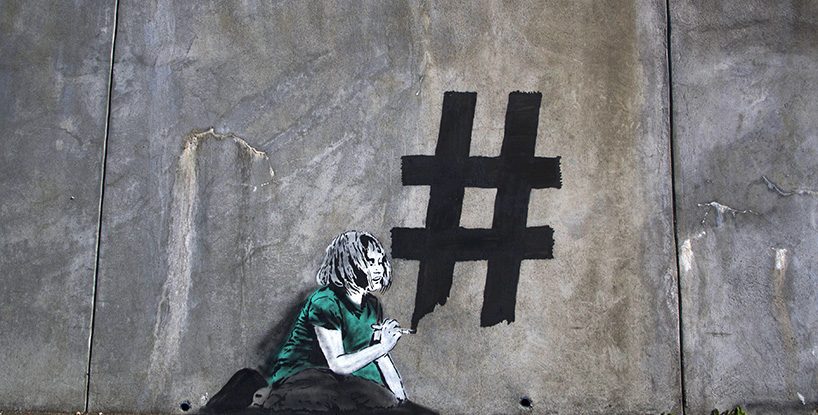
Street art meets social media – Artist: Iheart /http://www.iheartthestreetart.com/
Forrás: https://www.linkedin.com/pulse/why-everyone-calling-number-sign-hashtag-ryan-todd/
*http://www.dictionary.com/e/octothorpe/
